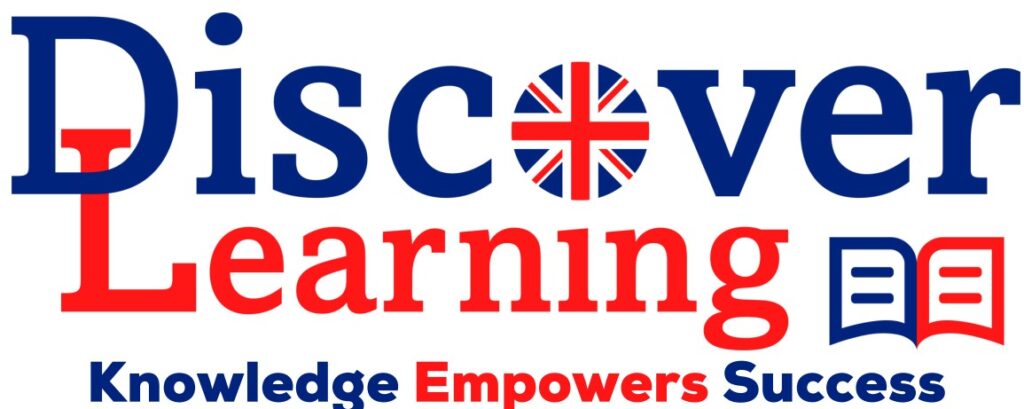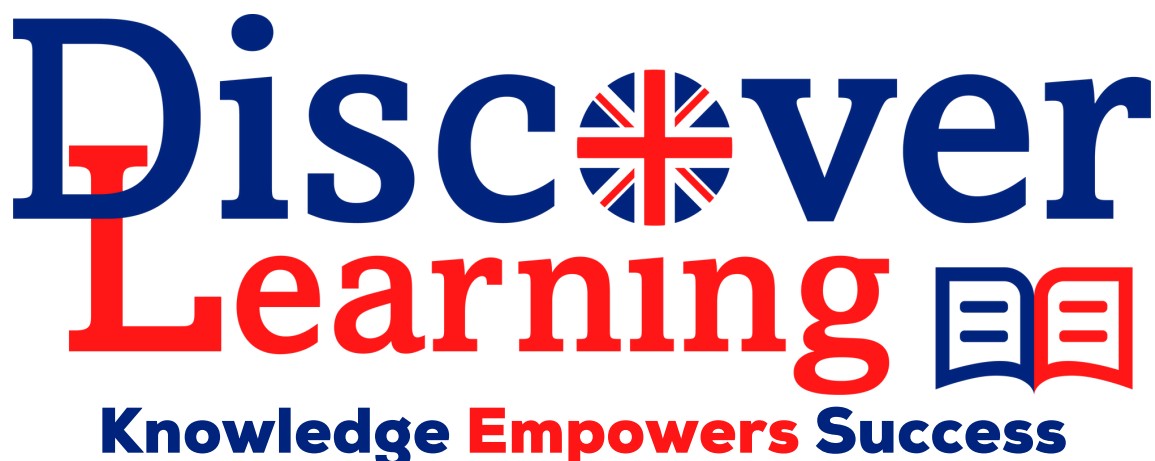AI tools are super popular in schools these days, and ChatGPT from OpenAI is a favorite for helping with tough subjects like physics. Lots of kids think it’s a magic homework buddy, but teachers and parents worry about whether the answers it gives are correct, especially on tricky topics. A big study tried to find out for sure, so researchers tested ChatGPT on real exam questions from physics at all different grade levels.
This post will break down what the study discovered, point out what the AI does well and what it messes up, and share tips on using the tool the right way.
How Did the Study Work?
To see whether ChatGPT can really be trusted, the researchers came up with a solid, step-by-step way to evaluate it. They threw 1,337 questions at the model, all straight from physics exams for kids at different levels, from basic qualifications, like GCSE, all the way to the kind of stuff you see on university-year-one tests.
Testing Criteria
Physics Topics: We asked questions from every area of physics, starting with the basics and going up to the tougher stuff, like mechanics, thermodynamics, and electromagnetism.
Qualification Levels: The questions were pulled from the UK’s main school exams—GCSE and A Level—and from university physics textbooks.
Different Prompting Methods: We ran the tests using three prompt styles to match how people actually use the AI:
Zero Shot: Just the question, with no hints or examples.
Few Shot: A couple of examples to steer the AI toward the kind of answer we want.
Confirmatory Checking: We asked it to double-check its own answers to see if it was being consistent.
Additional Assessments
We also looked at how well ChatGPT grades its own work and how it handles math problems, both of which are super important in physics classes. To check its math skills, we threw 5,000 random calculations at it to see if it could nail the number work.
How Well Did ChatGPT Perform?
The study gave us a mixed picture. ChatGPT nailed the simpler stuff, but it stumbled on the harder questions once the level of the material went up. We’ve got a breakdown of its performance on the different exams coming up next.
GCSE Physics Performance
ChatGPT did a solid job on the GCSE physics exam, landing an average score of 83%. This shows that, for GCSE students, it’s a handy gadget for getting the hang of the basics and for solving the kind of problems that don’t go beyond the fundamentals.
Key Takeaways:
- Impressive for foundational physics, so basic ideas and simple calculations are well covered.
- Great at breaking down core ideas or solving the most common types of physics questions.
A Level Physics Performance
Once the questions switched to A Level, the average score dropped to 64%. While that’s still a pass, it’s a clear sign that ChatGPT finds the trickier, multi-step A Level stuff tougher to handle. The tougher questions ask for deeper understanding and a higher level of thinking, and the drop matches that level of increasing difficulty.
Key Takeaways:
- The A Level stuff trips it up, especially anything that needs several steps or higher-level thinking.
- ChatGPT can still spit out convincing-sounding answers that are wrong, so watch out for trickier questions.
University-Level Physics Performance
When it came to university physics, ChatGPT struggled even more, managing to score just 37% on average. That’s way below what anyone would call passing and shows it’s still tripping over the level of work you have to do in college. In university, physics requires you to not just know the theories but also to work through detailed problems step-by-step, and every little number has to be right for the final answer to be valid.
Key Takeaways:
- Don’t count on ChatGPT for any college physics. If the question needs lots of reasoning and advanced ideas, it’ll probably flunk.
- If you’re in university, step away from ChatGPT for anything that really counts on homework, labs, or tests. The help it gives could be wrong and definitely won’t be reliable.
Performance on Mathematical Problems
The test also looked at basic math problems and the results were pretty alarming. The AI answered 5,000 simple calculations and got only 45% of them right. That’s obviously a big deal, because physics problems are built on accurate math, rolling one wrong number into a solution can tank the whole thing.
Key Takeaways:
- Count on ChatGPT to botch basic calculations, so you can’t take its number crunching for granted.
- Always double-check the answer it spits out. Run the math yourself, or check a trusted textbook or tutor instead.
Why Did ChatGPT’s Scores Drop?
Researchers looked at the new exam data and noticed a big drop in the scores whenever the physics questions got tougher. Here’s the scoop on what went wrong.
Missed Steps in Problem Solving
When you hit the upper-level physics tests, you have to juggle various concepts, laying them out step by step to reach the final answer. ChatGPT isn’t so good at that and leaves out critical parts, which makes the final answer unreliable. It’s like skimming a textbook: you can grab a formula but still miss the reasons why you need it.
Why It Matters:
- Advanced physics isn’t just plugging in numbers; it’s showing how ideas fit together.
- Instead of really “getting it,” the AI just matches patterns. That’s why it can’t jump through the hoops of a tough multi-step problem.
Answers That Go Off the Rails
Sometimes the AI spits out lengthy answers that feel right but get the facts wrong or wander off-topic. It starts throwing in extra details or ideas that students never covered in class. Instead of clarifying a topic, the extra noise can trip them up and pull them further from the core formula or concept.
Why You Should Care:
- Giving too much detail in answers doesn’t always help. Sometimes extra info just makes the solution messier and harder to get right.
- ChatGPT might offer ways to solve a problem that aren’t the same ones teachers are using. That can trip you up if you’re not careful.
The Bot Doesn’t Check Itself
When ChatGPT spits out an answer, it doesn’t really go back and check if it’s right. Researchers tried getting it to review its own work, and it fixed some mistakes but missed a lot. That tells us you should look up any answer the AI gives, using a textbook or a website you trust.
Why You Should Care:
- For tricky math or many-step science problems, the bot’s check isn’t good enough. You need another source to keep your work true.
- A human needs to look it over to be sure the answer and the steps to get there are on point.
How to Use ChatGPT the Smart Way
Even with its faults, ChatGPT can be a decent study buddy, especially if you’re getting ready for GCSEs. Just remember it’s not always right, and keep its limits in mind. Use it to get quick explanations or ideas, but always follow up by reading through your class materials.
Best Ways to Use ChatGPT
- For GCSE Students:
Understanding Concepts: This chat tool can break down physics ideas into easy pieces or show short, step-by-step answers to typical questions, perfect when a chapter feels overwhelming.
Extra Practice: Students can punch in physics exercises for immediate hints or partial answers, sharpening skills, and saving time during final revision phases.
- For A Level and University Students:
Reviewing Material: ChatGPT helps recap formulas or theories, but it shouldn’t tackle tricky questions or major lab reports. Use it for warm-ups, not the final solution guide.
Double-Checking: Before trusting the results, students should compare responses to textbooks, trusted websites, or the teacher’s notes. This builds good research habits and helps spot any misunderstandings.
Advice for Parents and Educators
Grown-ups can steer students toward smart ChatGPT habits with these simple actions:
- Foster Problem-Solving: Encourage teens to write down a first try before asking the chat for clues. That way, they practice—plus the AI becomes a study buddy, not a crutch.
- Watch the Screen Time: Check in on how often and how long students chat with the tool. A quick chat can supplement a study session, but constant copying-and-pasting can leave gaps in real understanding.
Think of AI Like a Helpful Study Buddy: AI is best when it teams up with you, not when it tries to do all the work. Remind kids that it’s a great tool to help explain things, brainstorm ideas, and check understanding, but the real learning happens when they do the thinking, research, and creativity.
Conclusion
ChatGPT can be a valuable tool for students, particularly those working at the GCSE level. However, its reliability decreases as the academic level rises. For A Level and university students, ChatGPT is less dependable, particularly when dealing with complex problems and mathematical calculations. Students must use ChatGPT as a supplementary learning aid rather than a substitute for real understanding.
To maximize the benefits of ChatGPT, students should verify answers, seek additional guidance when needed, and use the tool to reinforce their knowledge rather than as a primary source of solutions. With careful use, ChatGPT can be an asset to a student’s learning journey—but only if approached with the right mindset and proper oversight.

